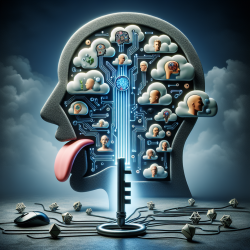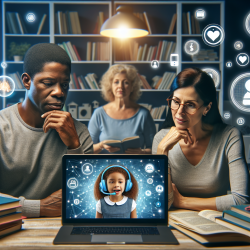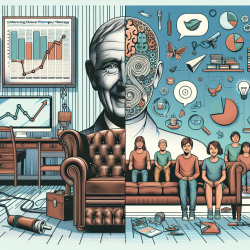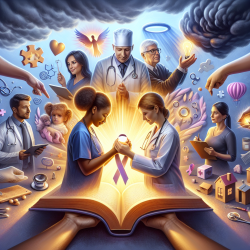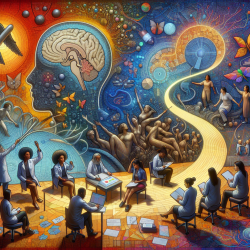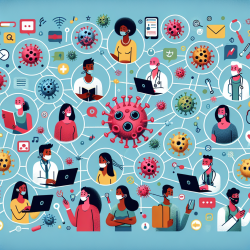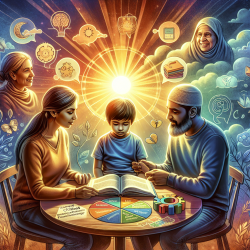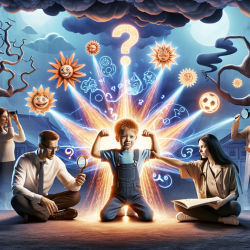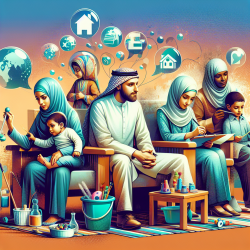Introduction
In the realm of sensory evaluation, the electronic tongue has emerged as a groundbreaking technology, offering precise quantitative assessments of taste. However, the challenge lies in bridging the gap between these quantitative outputs and the qualitative, fuzzy language that humans naturally use to describe taste. The research article "Fuzzy Evaluation Output of Taste Information for Liquor Using Electronic Tongue Based on Cloud Model" delves into this transformation, offering insights that can enhance the capabilities of practitioners in the field.
The Power of the Cloud Model
The study introduces the cloud model as a cognitive tool that facilitates the conversion of quantitative data into qualitative, human-like language. By employing principal component analysis (PCA) and cloud generators, researchers created two-dimensional cloud droplet groups that represent different flavor profiles of liquor. This approach allows for a more nuanced and human-centric interpretation of taste data.
Implications for Practitioners
For practitioners in the field of sensory evaluation and online therapy services, the findings of this research offer several key takeaways:
- Enhanced Interpretation: By adopting the cloud model, practitioners can transform electronic tongue outputs into descriptive language that resonates with human perception, making it easier to communicate results to clients.
- Improved Accuracy: The integration of support vector machines (SVM) with cloud models enhances the accuracy of flavor predictions, ensuring reliable assessments.
- Broadened Applications: This methodology can be extended beyond liquor to other food and beverage evaluations, offering a versatile tool for sensory analysis.
Encouraging Further Research
While this study provides a robust framework for transforming electronic tongue data, it also opens the door for further exploration. Practitioners are encouraged to investigate the following areas:
- Cross-Disciplinary Applications: Explore how the cloud model can be integrated into other sensory technologies, such as electronic noses, to provide comprehensive sensory evaluations.
- Customization for Diverse Palates: Investigate how cultural and individual taste preferences can be incorporated into the cloud model to offer personalized evaluations.
- Real-Time Applications: Develop real-time applications of this methodology to provide immediate feedback in various settings, from culinary arts to food safety.
Conclusion
The transformation of electronic tongue data into human-like fuzzy evaluations represents a significant advancement in sensory technology. By aligning machine outputs with human perception, practitioners can offer more relatable and actionable insights. As we continue to refine these methodologies, the potential for enhanced sensory evaluation across industries becomes increasingly promising.
To read the original research paper, please follow this link: Fuzzy Evaluation Output of Taste Information for Liquor Using Electronic Tongue Based on Cloud Model.
